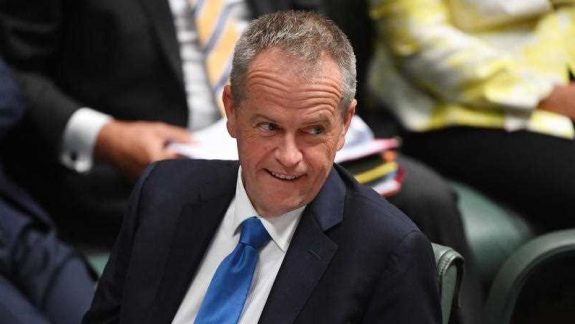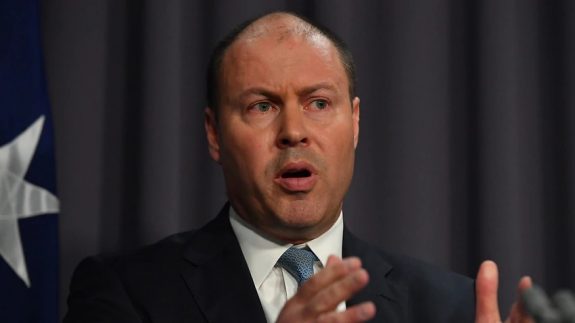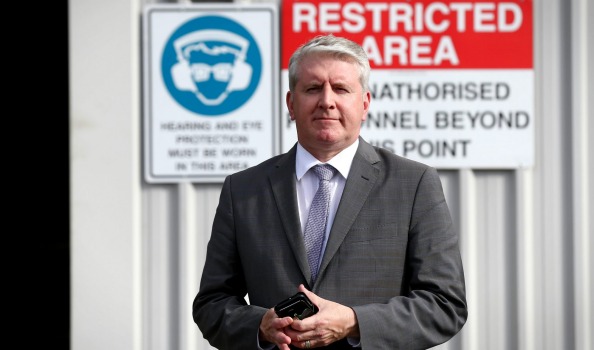Unemployment down, but recovery still way off: ACTU
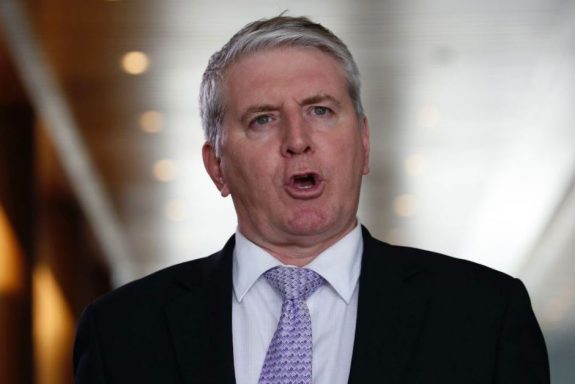
Any cries from the Morrison government championing the gains in unemployment figures being tied to a greater economic outlook has a premature ring to it, Australia’s union movement said on Thursday.
As the nation’s unemployment figures fell by 0.2 per cent to 6.6 per cent for the month of December, according to the Australian Bureau of Statistics (ABS), the Australian Council of Trade Unions (ACTU) said that despite 50,000 people returning to work in 2020’s final month, 900,000 people are still looking for work with another 1.2 million being in search of more hours.
“The recovery means nothing for the more than two million workers who are still looking for a job or for more hours, this government is leaving millions of people behind,” said Michele O’Neil, the ACTU’s president.
“We have heard a lot about economic recovery, but for many Australians this is still completely out of reach,” O’Neil added.
The ACTU’s general assessments are shared by Labor MP Brendan O’Connor, the shadow minister for employment.
“Labor welcomes any additional job to the labour market,” O’Connor said on a doorstop interview in Melbourne on Thursday.
“It’s really important now, at a time when many Australians are finding it very difficult to find work or to find enough work, that we see opportunities in the labour market, and there’s been some modest signs of that.
“But there’s still a very long way to go,” he added.
The hurdles which the government has yet to clear consist mainly of the unemployment rate and a state of wage growth having been stagnant under seven years of consecutive LNP governments.
“There’s over 15 percent of Australians that are either looking for more work, or looking for any work and not being able to find it. And that needs to be therefore the goal of the government to look after those workers who are underemployed, unemployed, and also deal with the persistent low wage growth,” O’Connor said.
“We have people even when they are employed are finding it difficult to make ends meet, because of the very, very low wage growth,” he added.
And the solutions to those issues are not simple ones, either, according to O’Connor – especially when the Morrison government continues to stand by its failed and doomed initiatives with blind faith.
“What we’ve seen from this government is it’s very happy to help some, but not help everyone,” O’Connor said.
For example, the JobMaker initiative announced by the government last year was to help people recover after the end of JobKeeper. However, no worker over the age of 35 will be provided any support in looking for work, now or indeed when JobKeeper ends” at the end of March, O’Connor added.
Both O’Connor and O’Neil share the similar view that one stopgap for the economy lies within the JobKeeper and JobSeeker subsidies: extend them beyond their current planned March 31 expiry dates.
“For those hundreds of thousands of Australians that are reliant on JobKeeper, for those thousands and thousands of businesses that are reliant on JobKeeper, they have only ten more weeks before that support ends,” O’Connor said.
“And so it’s Labor’s view, and others for that matter, that there may well be many Australians that will find themselves unemployed at the end of JobKeeper, and we advise the government to properly consider extending JobKeeper for those sectors of the economy that have still been very hard hit as a result of this pandemic,” he added.
“Many sectors still badly affected by the pandemic, such as tourism, aviation and universities, are being left struggling and without support,” said O’Neil.
Further to these points, O’Neil says that the current government lacks vision to fix the economic problems brought on by the multiple crises of the global COVID-19 pandemic and a resulting once-in-a-generation national recession that Australia still finds itself in the grips of, despite recent modest gains.
“A genuine recovery from the pandemic and the associated recession requires sector support, job creation and wage growth.
“It is more important than ever for the government to look after working people, not set them back by cutting JobSeeker payments and ending JobKeeper,” added O’Neil.
“The federal government needs to do more,” O’Connor concurred.
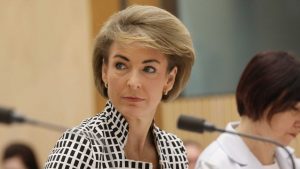
Employment minister Michaelia Cash, whose shortcomings to adapt JobActive since February have been exposed (Photo from abc.net.au)
O’Connor also points out a significant statistical shift in existing employment advocacy programs which the government and its employment minister Michaelia Cash has failed to address in adapting its programs to the changes within rising unemployment numbers and the jobs culture as a whole.
O’Connor singled out the JobActive program, citing that it has doubled in size – from 700,000 users to 1.4 million – since February and pre-pandemic times.
“There’s been no proper examination of the effectiveness and efficacy of the Jobactive program. That needs to be attended to and examined by the government,” O’Connor said.
“But what that really says is there are many, many Australians whilst they are employed, they’re not employed with sufficient hours so they are still engaged with employment services seeking to find new work, more work, so that they can make ends meet,” he added.
O’Neil and the ACTU, meanwhile, point out that the dichotomy of the Morrison government languishing in a still-struggling economy amid cutting the JobKeeper and JobSeeker subsidies and pushing its proposed industrial relations reform legislation possesses counter-productive effects towards backing its ultimate claims that the economy is recovering.
“The Morrison government’s plans to cut income support and introduce industrial relations legislation which cuts workers’ pay and conditions will worsen unemployment, increase insecure work and further drive down wage growth,” O’Neil warned.
Also by William Olson:
MEAA issues wish list over proposed media reforms
Porter’s bills may sink BOOT into penalty rates, warns Burke
Like what we do at The AIMN?
You’ll like it even more knowing that your donation will help us to keep up the good fight.
Chuck in a few bucks and see just how far it goes!










